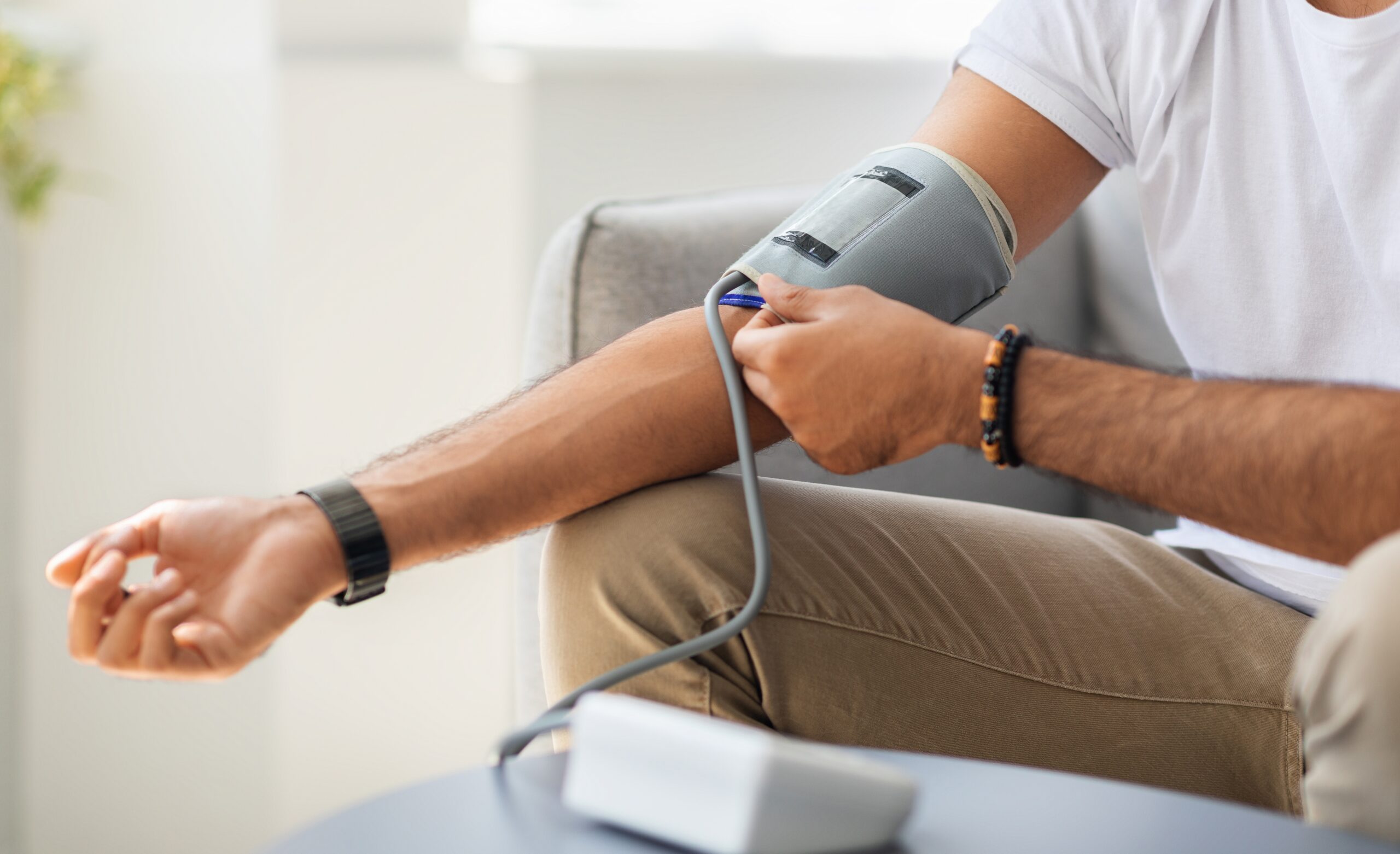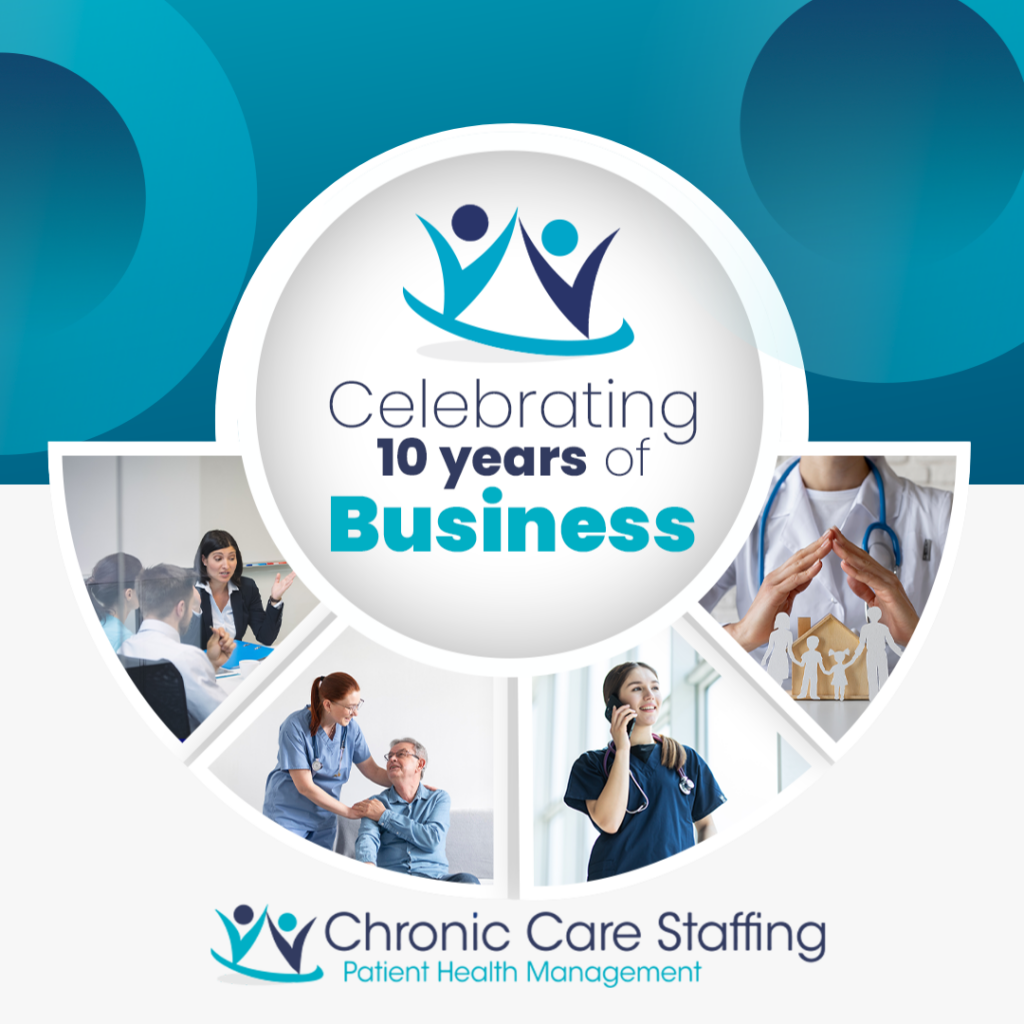Story by Connor Danielowski / July 28, 2025

Helping Providers Understand the Tools of Value-Based Care
As healthcare shifts away from volume and toward value, programs like Remote Patient Monitoring (RPM) and Chronic Care Management (CCM) have become vital tools for delivering proactive, personalized care to Medicare patients. While they are often discussed together, and can work hand-in-hand, they serve very different purposes and come with their own eligibility rules, workflows, and billing requirements.
At Chronic Care Staffing, we help providers streamline both RPM and CCM by supplying the staff and systems needed to succeed with these programs. In this post, we break down the five most important differences between RPM and CCM, and how you can implement both without overwhelming your team.
Remote Patient Monitoring involves using medical devices (such as blood pressure cuffs, glucose meters, or pulse oximeters) to transmit real-time physiological data from the patient’s home to the healthcare provider. RPM gives providers a continuous stream of data that can be used to detect early warning signs, adjust care plans quickly, and reduce emergency visits or hospitalizations.
RPM is especially useful for chronic disease management (e.g., hypertension, heart failure) and is also gaining traction in post-discharge monitoring and preventive care strategies.

Chronic Care Management is a non-face-to-face service designed for Medicare patients with two or more chronic conditions. It focuses on long-term care coordination, health education, medication adherence, and appointment scheduling. Care is delivered through monthly check-ins, care plan development, and consistent communication with the patient.
Unlike RPM, CCM doesn’t rely on wearable devices or real-time vitals but instead emphasizes human-to-human connection and structured ongoing support from nurses and care coordinators.
| Category | Remote Patient Monitoring (RPM) | Chronic Care Management (CCM) |
| 1. Primary Focus | Device-based health tracking and real-time vital data | Care coordination, education, and support for chronic conditions |
| 2. Eligibility | Patients with chronic or acute conditions; no chronic diagnosis required | Medicare patients with two or more chronic conditions only |
| 3. Method | Smart devices collect and transmit health data. Monthly phone calls, care planning, and care coordination | Monthly phone calls, care planning, and care coordination |
| 4. Billing Codes | CPT codes 99453, 99454, 99457, 99458 | CPT codes 99490 and 99439 |
| 5. Type of Support | Data-driven alerts and trend monitoring | Direct care line and monthly support calls from trained clinical staff |
While RPM and CCM are distinct, they complement each other beautifully. RPM provides the data that can guide decisions, while CCM delivers the human engagement and support that drives long-term behavior change. For example, an RPM device may detect rising blood pressure, and a CCM nurse can follow up with the patient to review medication adherence and escalate concerns to a provider.
At Chronic Care Staffing, we help you implement both programs in tandem, ensuring they’re billed separately, documented correctly, and staffed by experienced care professionals who understand Medicare compliance.

Getting patients to opt into RPM and CCM can be time-consuming and difficult, especially when they don’t understand the benefits or are wary of technology. We handle education and consent workflows to ensure high enrollment and retention.
Not all clinics have time to make 20-minute monthly CCM calls or interpret daily RPM data. We provide trained, US-based staff who specialize in chronic care coordination and device monitoring.
Keeping RPM and CCM properly documented and billed is critical. Our team ensures you meet all CMS requirements and captures every eligible dollar.
We’re more than a staffing agency – we’re your strategic partner in value-based care. Our services are built to integrate seamlessly with your workflows and EHR, reducing admin burden while enhancing care quality and patient satisfaction.
With us, you get:
Chronic Care Image:
RPM and CCM aren’t just Medicare programs – they’re the future of how we care for chronically ill populations. With the right support, they’re also a win-win for your patients and your practice.
Contact Chronic Care Staffing to get started with a tailored plan that fits your patient population, staff capacity, and care goals.
